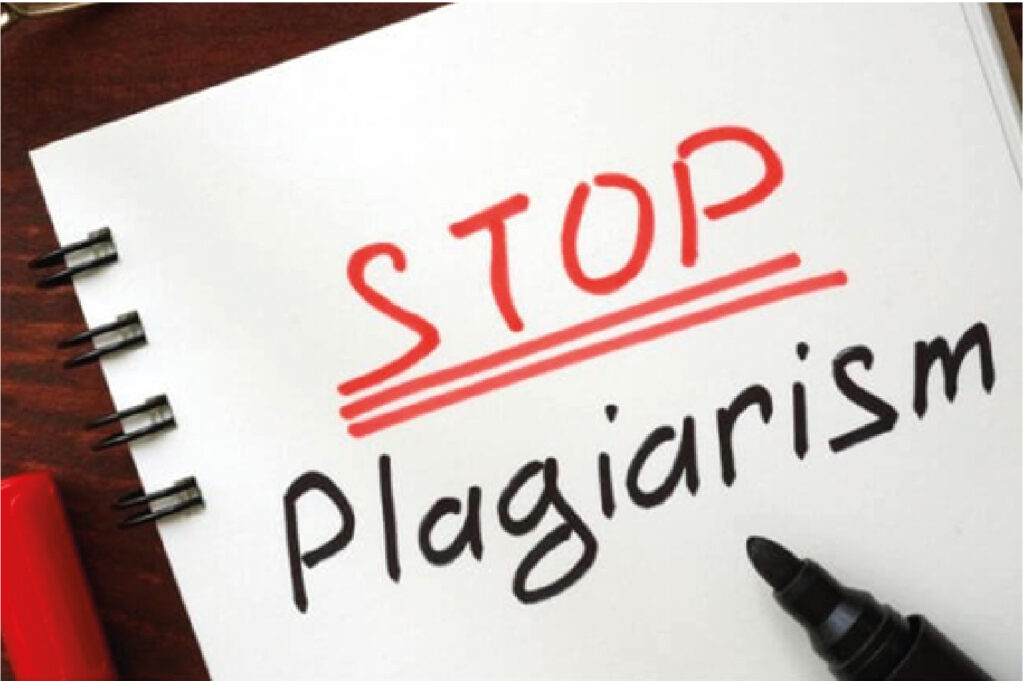Menace of Plagiarism

Plagiarism is becoming increasingly prevalent in today’s educational system, affecting students all around the world rather than just one location. “The problem (of plagiarism) won’t go away,” as Paldy (1996) put it, causing it to become a common and widespread issue. The concept of literary theft has existed since the dawn of time. Ben Johnson, an Elizabethan playwright, invented the phrase in the early 17th century. The right of authorship was later guaranteed with the introduction of copyright laws, angering plagiarists. However, in the modern age of the internet, the possibility of plagiarising others’ literary works has multiplied. Plagiarism is prevalent in research articles, as there is ongoing stealing of information and ideas from various sources. There is also widespread use of students’ work by members of the research community, as well as the assumption of credibility for research done by others. There is no definitive evidence on the scope and type of plagiarism, but it is a problem that must be addressed because it jeopardizes research integrity.
Plagiarism appears to be such a straightforward and clear problem that it may not be addressed in a journal’s rules. After all, writers should be aware of the dangers of plagiarising others’ work, and if they do so on purpose, a journal’s policy is unlikely to deter them. Self-plagiarism, on the other hand, is a subtle kind of plagiarism that some writers may be ignorant of. While plagiarism is the act of stealing and presenting someone else’s work as one’s own, the concept of self-plagiarism is less firmly defined. “Duplicate publishing” (described later in this chapter) or “text recycling” is common terminology used to describe it. Text recycling is exactly what it sounds like: it’s repurposing one’s own words without giving proper credit to the original source. This is inescapable and perhaps unconscious practice for authors who write on a regular basis on the same subject. However, a journal should give writers direction on what types of recycling are appropriate and when they must properly reference their previous work. For example, a journal may make a basic difference between unpublished and published work, allowing unpublished elements to be reused (without citation) but mandating self-citation for previously published works. However, as more unpublished and informal work gets stored in institutional repositories, a journal may want to consider adding additional subtlety to its policy, such as mandating citation of any publicly available work, whether or not it has been formally published.
| Band of plagiarism | Edlund (2004) | Nitterhouse (2003) | Park (2003) | Braumoeller and Gaines (2001) | Austin and Brown |
|---|---|---|---|---|---|
| A | Type 1 plagiarism: turning in someone else’s paper | Whole essay from another source | Type1, 2: copying or buying a paper | Blatant | Whole essay from another source |
| B | Type 2 plagiarism: the Internet pastiche | Minor changes in working or syntax | Type 3: omit quotation marks | Constraint | Patchwork plagiarism |
| C | Type 3 plagiarism: improper paraphrasing | Paraphrasing of words and ideas | Type 4: paraphrase | Casual | Rare similarity |
By Divesh Kumar | September 10, 2021
IT Graduate,
Himalayan Institute of Technology, Dehradun, India.